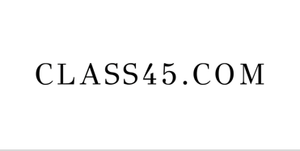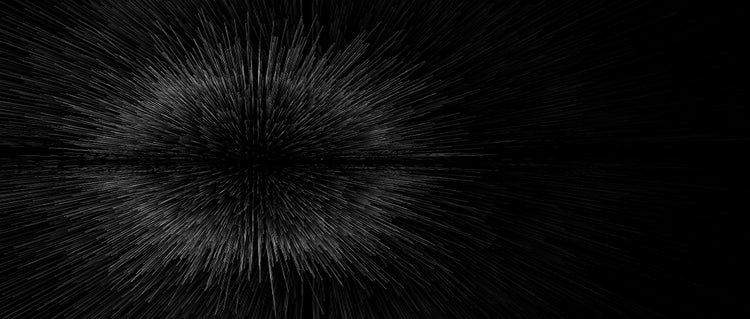OVERVIEW OF THE 45 CLASSES OF TRADEMARK
WHAT IS A TRADEMARK CLASS
A Trademark is segregated into 45 different groups, each group represents a distinct set of goods and services. This group is referred to as a Trademark Class. Trademark is segregated into 45 different classes as per the NICE classification for a trademark, also known as the International Certification of Goods and Services. In order to avoid inconsistencies, it is required to do a trademark search prior to filing a trademark registration application. It is crucial to select the correct class for a trademark, as incorrect classification might impede the registration process.
The Trademark applications can be filed in multiple classes if the business’s activity ranges to various goods or services falling under differing classes. It is to be duly noted that even if a trademark exists under a class, another entity can very well file a trademark application for the same or similar mark under another class. Hence, filing a trademark application under a single class does not vest monopoly power on the entity over the use of the mark in all classes, the mark only includes exclusivity to the class of goods or services for which the trademark has been registered.
NEED FOR TRADEMARK CLASSES
Trademark classes are a simple method to categorise the items, services, or both on which a mark. When applying to register a mark as a brand owner, you identify one or more appropriate classes for the goods or services you offer and for each class, you describe the goods or services.
Identifying and filing an application under the right class allows you, the brand owner to prevent someone from registering the same or similar trade mark within the area of business you are involved in. Furthermore, it also stops an entity who is selling the same products having the same or similar trade mark as you. The classification of the goods and services allows the trade mark examiner to search for similar registered trademarks. This includes looking at similar goods and/or services that may conflict with the goods/services claimed in your trademark application.
NICE CLASSIFICATION OF GOODS & SERVICES
The International (Nice) Classification of Goods and Services is a system for the purposes of the registration of marks was established by an Agreement concluded at the Nice Diplomatic Conference, on June 15, 1957, and was revised at Stockholm, in 1967, and at Geneva, in 1977.
According to the National Industrial Property Classification System (NICE), commonly known as the International Certification of Goods and Services, trademarks are divided into 45 distinct classifications. Out of which, classes 1 to 34 categorize goods or products and classes 35 to 45 categorizes services. The Nice classification provides a broad heading called “Class Header” which gives a clear explanation as to the type of goods or services that are covered under each class. Among the 45 classes of goods and services, 34 classes come under the Goods Section and 11 classes cover the services section.
Segregation of Goods and Classes in 45 classes has ensured that all the businesses and services have a separate place in the classification. It reduces ambiguity and helps in avoiding discrepancies, altogether making the process of trademark registration easier for everyone around the world.
INDIA AND TRADEMARK CLASSES
Section 13 of the Trademark Act, 1999 entails the provisions regarding the Trademark Classes and Classification of goods and services. The section indirectly states that the Registrar shall classify the goods and services in accordance to the International Classification of Goods and Services for the purpose of registration of trademarks.
India prior to signing the Nice Agreement and prior to the year 2010 the services in classes 43,44 and 45 were merged together in class 42. However the same was amended in 2010 in conformity with the International standard and setup set by the Nice Agreement and classes 43,44 and 45 were added.
Though the impact of Nice was felt by Indian lawmakers in 2010 it was not till the year 2019 that India acceded to the Nice Agreement and accordingly the current version of the Nice Classification is used by the Indian trademark office for the purpose of classification of goods and services while examining a trademark application in India.

